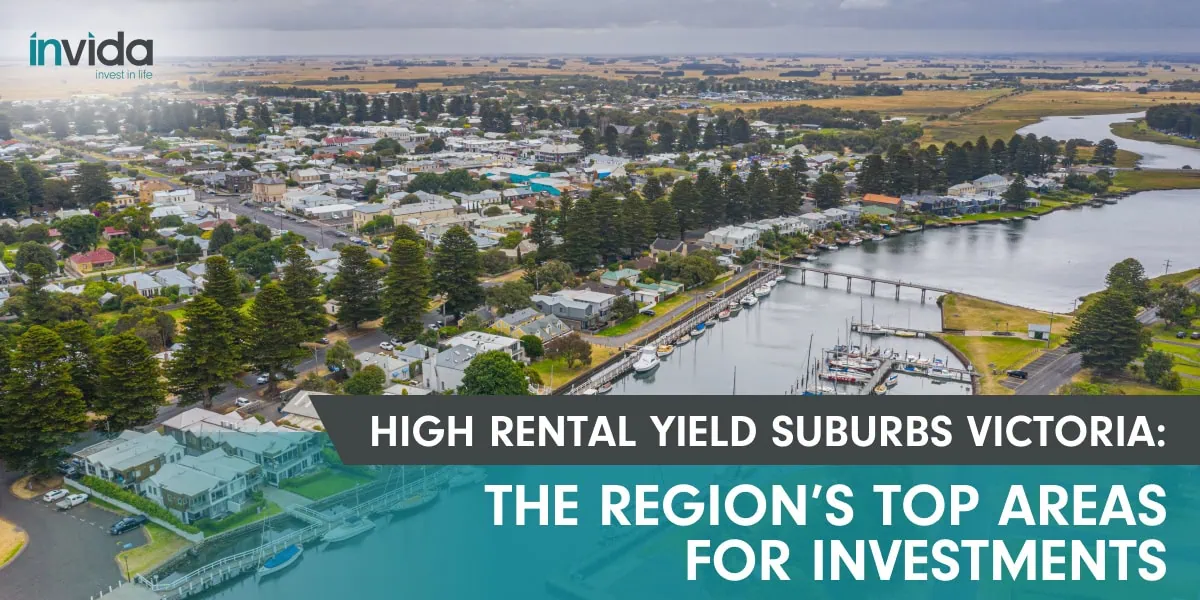The Australian property market moves in cycles and understanding these cycles is crucial for making informed investment decisions. In recent years, the rise of co-living spaces and the conversion of existing properties into shared accommodations have added new dynamics to the real estate landscape. This gives investors a whole new option for their investment plans and adds to portfolio diversification.
This article will strive to show what these property market cycles are, what current trends investors can look into and how co-living is shaping property investment strategies.
Definition and Phases of Australian Property Market Cycles
The Australian property market cycle is the pattern of ups and downs in property and house prices over time. It usually follows four stages: growth, peak, decline and recovery.
These phases in this cyclical pattern are defined as such:
- Growth Phase – Property prices rise as demand increases due to factors like low interest rates, population growth and economic strength. Investors actively buy and new developments surge. Rental demand also climbs, leading to higher yields.
- Peak Phase – Prices reach their highest point, making it harder for buyers to afford homes. Demand slows and some investors sell to lock in profits. More properties may enter the market, increasing supply.
- Decline Phase – Buyer activity drops, causing prices to stabilise or decrease. Higher interest rates, economic slowdowns, or oversupply can contribute to the downturn. Sellers may struggle to sell quickly or at high valuations.
- Recovery Phase – Demand begins to return, often driven by lower interest rates or economic improvements. Prices start rising again as confidence in the market grows. Savvy investors buy early to benefit from future growth.
Historically, the Australian housing market has experienced fluctuations driven by economic conditions, interest rates and government policies. Major cities like Sydney and Melbourne have historically seen strong price growth, while regional areas follow a slightly different trajectory.
Current Trends in the Australian Property Market
The Australian property market continues to evolve, influenced by shifting economic conditions, interest rates and housing demand. Recent trends highlight steady price growth, increased interstate migration and ongoing challenges in housing affordability, shaping investment opportunities across the country.
Recent Market Performance
As of 2024, Australia’s property market has continued to experience growth, with prices increasing by an average of 4.9% across major cities. Perth, Adelaide and Brisbane have led the way, while Sydney’s price growth has been more moderate. These trends indicate that the market is in a late growth phase and moving toward a peak.
Factors Influencing the Market
Several key factors are shaping the market:
- Interstate Migration – People move from expensive cities like Sydney to more affordable regions such as Brisbane and Perth.
- Mortgage Lending Trends – Rising interest rates have influenced borrowing power, leading to shifts in demand.
- Housing Supply Constraints – Limited new housing developments have put upward pressure on Australian house prices.
Introduction to Co-Living and Co-Living in the Australian Context

Co-living is a modern housing solution that provides fully furnished, community-oriented living spaces, particularly appealing to young professionals. These developments typically offer private rooms with shared amenities such as kitchens, lounges and workspaces.
Global Perspective on Co-living
Co-living has gained significant traction in major cities worldwide, including New York, London, Tokyo and Singapore. With increasing urbanisation and affordability challenges, co-living offers a flexible and cost-effective housing solution.
Emergence and Growth in Australia
In Australia, co-living is becoming more popular, especially in high-demand cities such as Sydney and Melbourne. Developers are responding to the need for affordable rental options by creating purpose-built co-living spaces.
Demographic Appeal
The primary audience for co-living spaces includes young professionals aged 25-34 who seek affordability, flexibility and a strong sense of community. This demographic shift is influencing rental market trends and investment strategies.
Impact of Co-Living on Property Investment Strategies
The rise of co-living presents new investment opportunities, particularly in urban centres where demand for affordable rental accommodation is high. Investors can benefit from higher rental yields compared to traditional housing models.
Investing in co-living spaces also comes with risks, however. These include:
- Market Demand – Understanding location-specific demand is essential.
- Regulatory Challenges – Some cities have strict zoning laws affecting co-living developments.
- Long-Term Viability – The sustainability of co-living as a long-term investment must be carefully assessed.
Properly Timing Investments by Watching Australian Property Market Cycles and Co-Living Trends
Investors should align their property purchases with market cycles. Buying during the decline or early recovery phase can maximise returns. Also, entering the co-living market while it is still in its growth phase could offer significant potential. With the help of Invida, you can do both easily since we keep track of both for you!
The future of co-living in Australia looks promising as urbanisation continues, and housing affordability remains a challenge. If you want to know more about this trend and when is the right time to invest, contact us so we can give you the information you need to make an informed decision.





